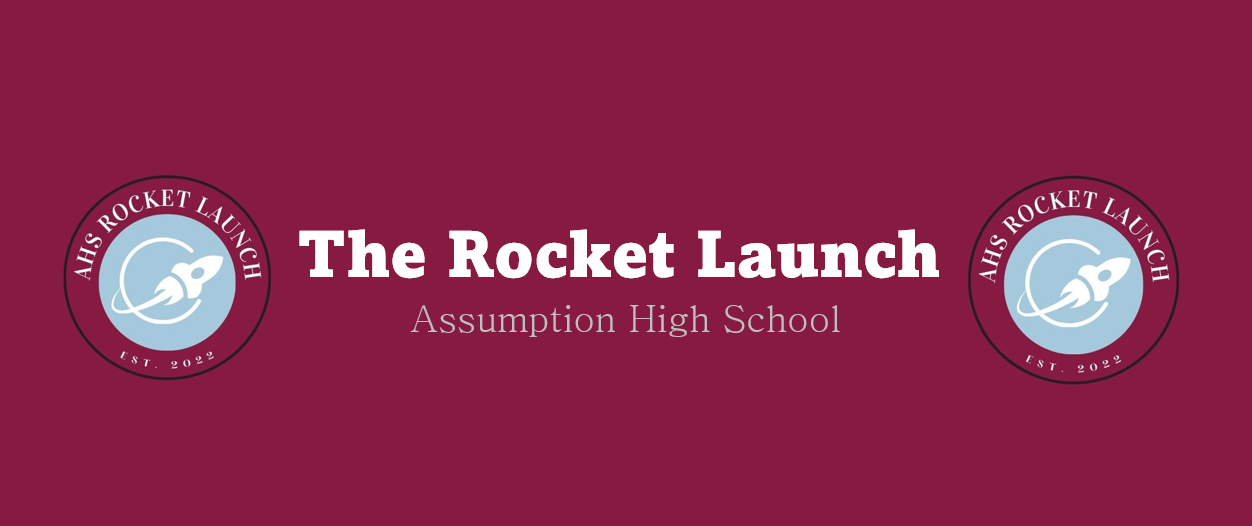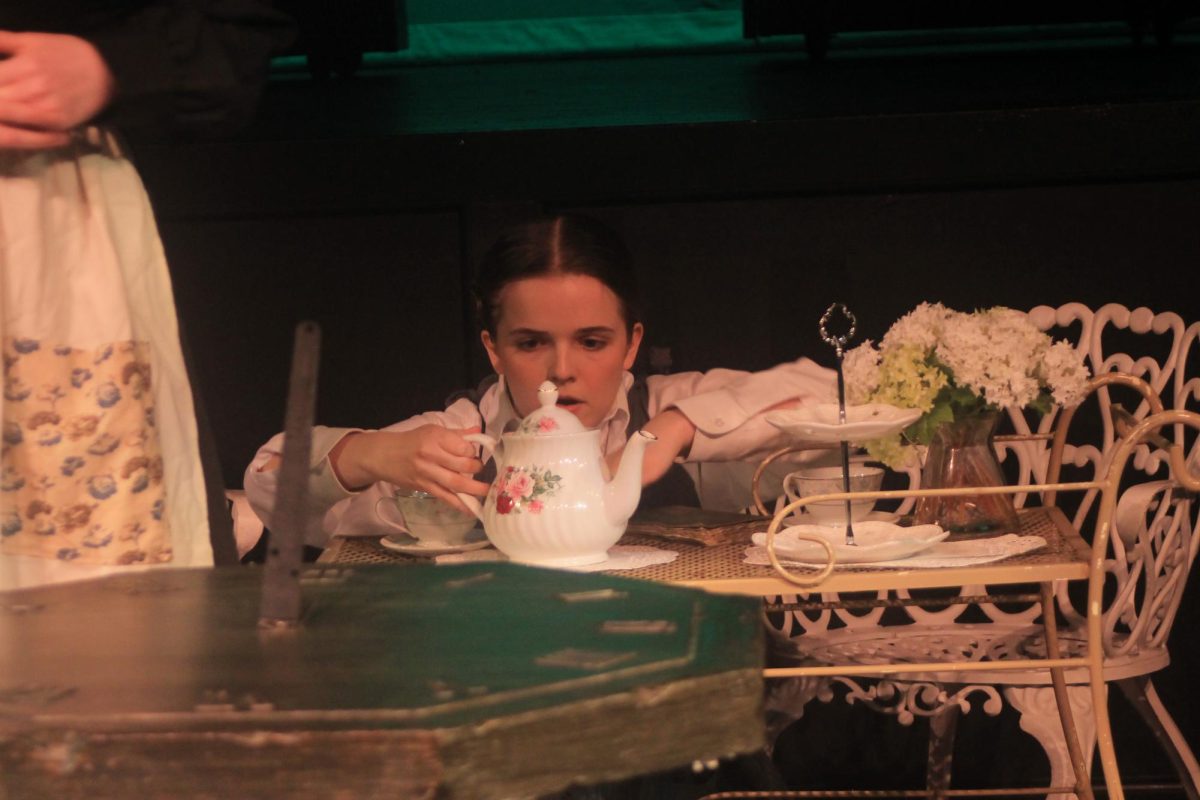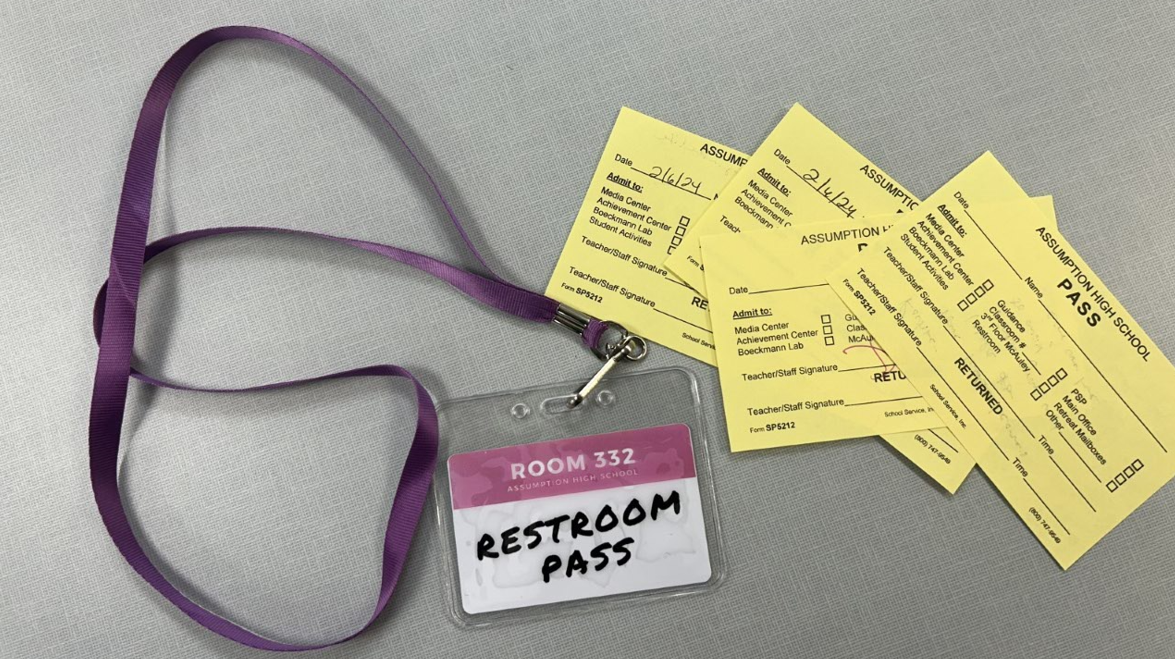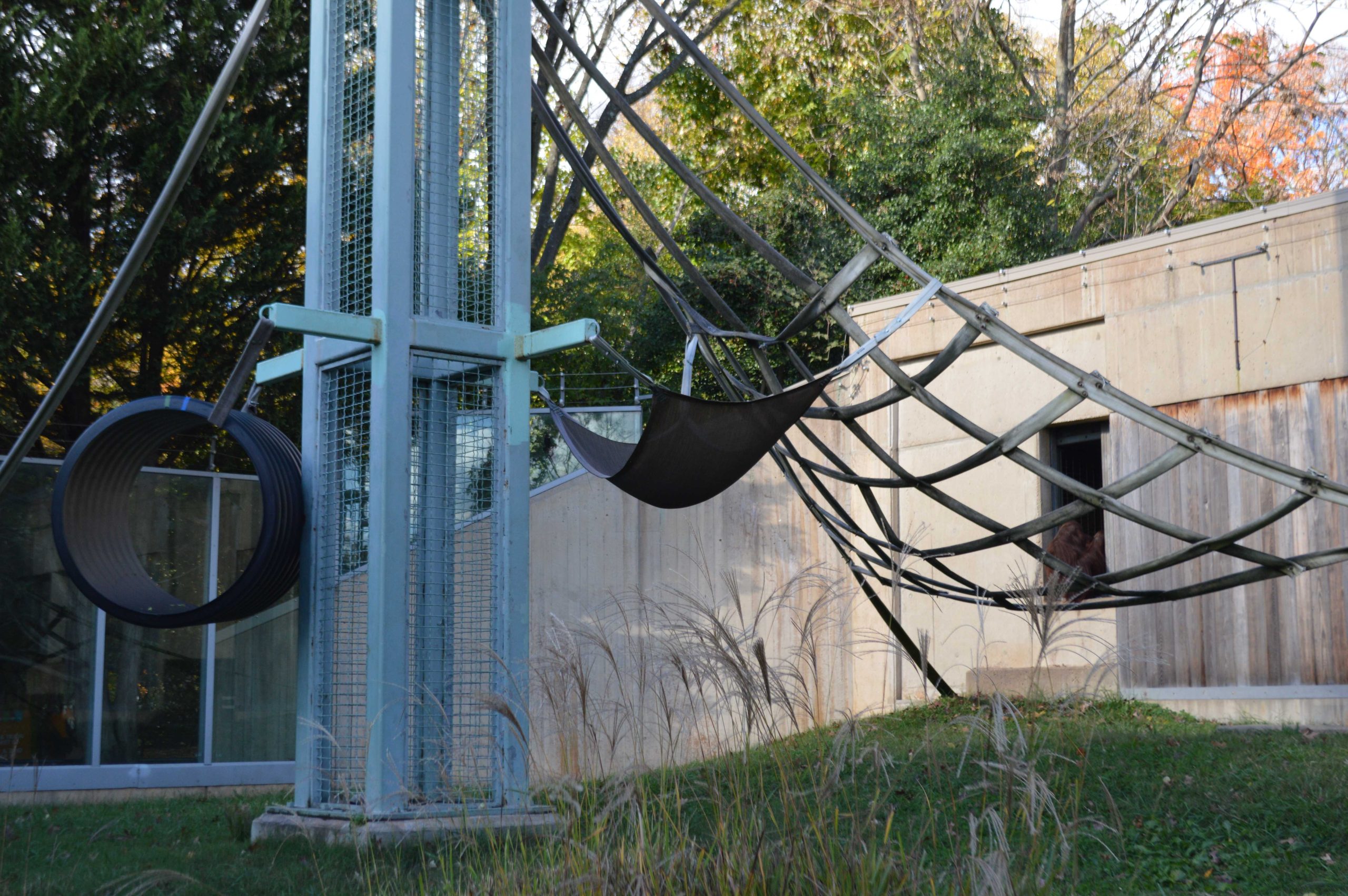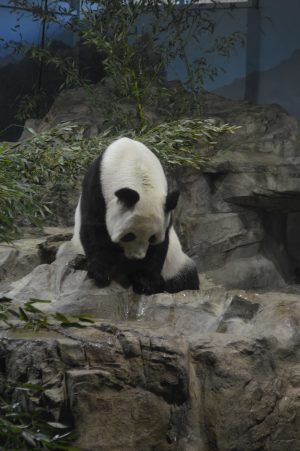The Smithsonian’s National Zoo contains 1,800 animals of 300 different species of wildlife from all over the world. Each animal with their own habitat, dietary plan and caretaker. This year marks the 125th anniversary of the zoo and all the progress they have made in the fields of animal care, science, education and sustainability. While the zoo believes they are making great progress with the treatment and well-being of animals, other organizations disagree.
Since it is an important anniversary of the zoo, they are focusing a lot of their attention on the development of their facilities. Various signs posted throughout the zoo detail the efforts the staff has been making to create a healthy environment for their animals. Originally, many animals came to the zoo through dealer and explorers, but today they acquire their animals through exchange with other zoos or by safe breeding.
In the past, gorillas born in zoos were separated from their mothers and other gorillas to protect them while they were being raised in human care, but these gorillas were found to lack social skills needed for breeding and raising young. This mistake was corrected by a worldwide effort to create compatible groups of gorillas, and these groups showed improvements in birth rate and taking care of their young.
Peter Cannon, intern at the National Zoo, said “Zoos are great educational resources. They allow people to see animals they don’t get to see every day. They work with the reintroduction of species and provide animals with things they don’t get in the wild.”
Story continues below advertisement
PETA, People for the Ethical Treatment of Animals, disagrees with the idea of animals in captivity. According to their website, their belief is that the cages of animals are too cramped so therefore their basic needs are not met. Animals don’t learn survival skill, and adopt abnormal, erotic and self-destructive behavior.
Sally Craven, biology teacher and environmental activist, said “Zoos try to increase the endangered animal population through breeding, but animals born in captivity are miserable and exhibit self-destructive behavior.”
There are many pros and cons to both sides of the argument of animals in captivity. The National Zoo has made a lot of progress in its care taking methods, but there are still issues at hand. With as much diversity as the National Zoo has, maintaining the health of all the animals may be difficult but it is key to their success.
Tell us what you think on our poll, tweet us @therocketlaunch using the hashtag #ahszoo, or comment on our instagram @therocketlaunch
Article by Emily Darnell, Kate Zuhars, and Abbey Sullivan
